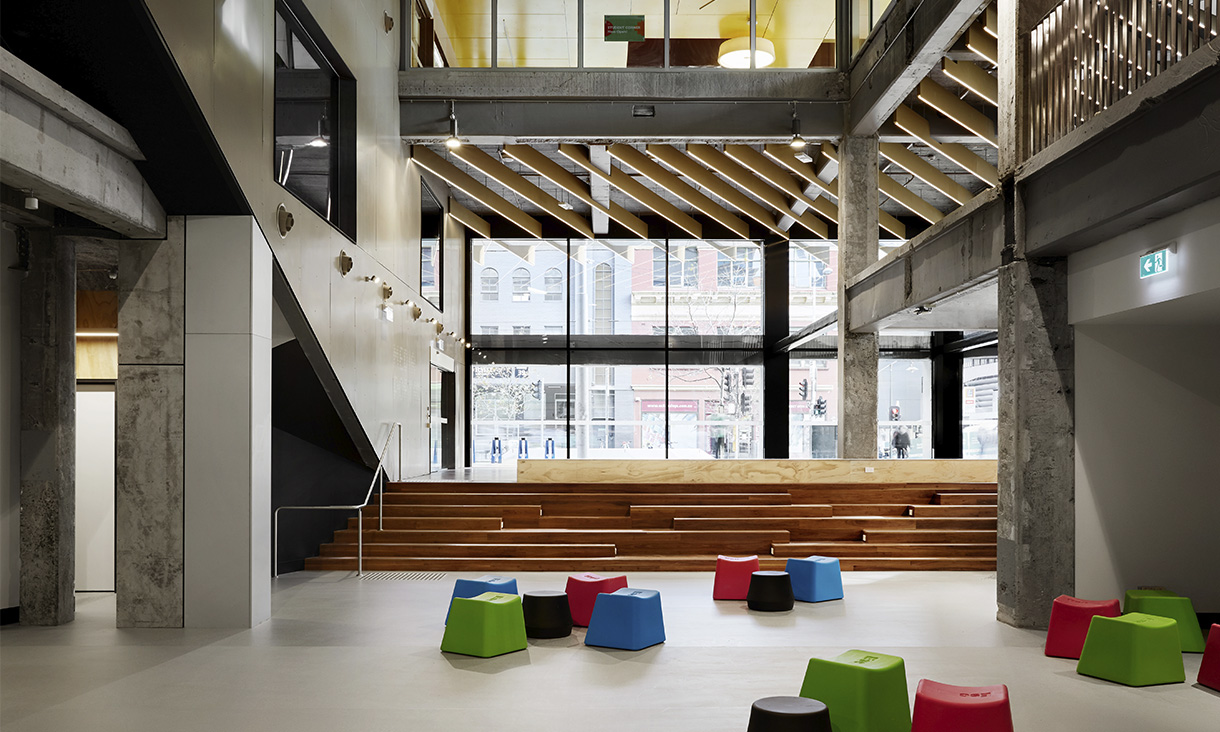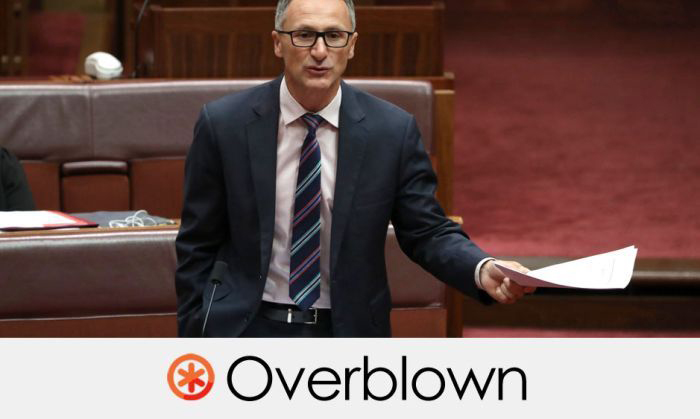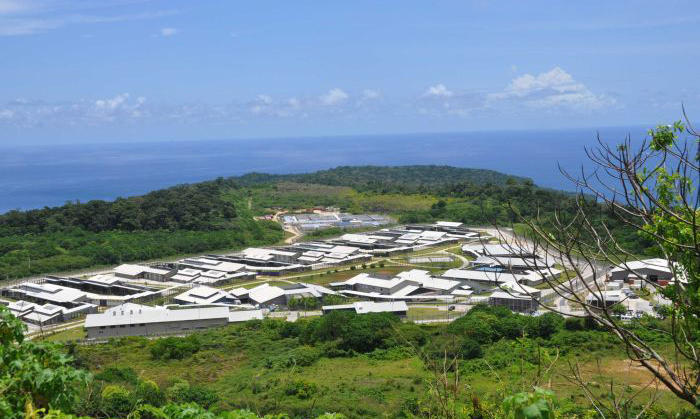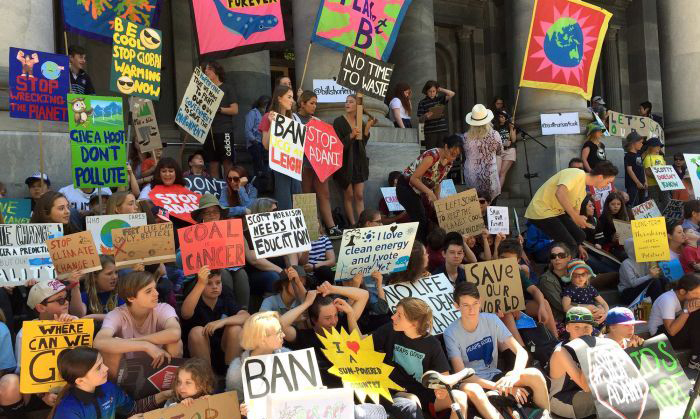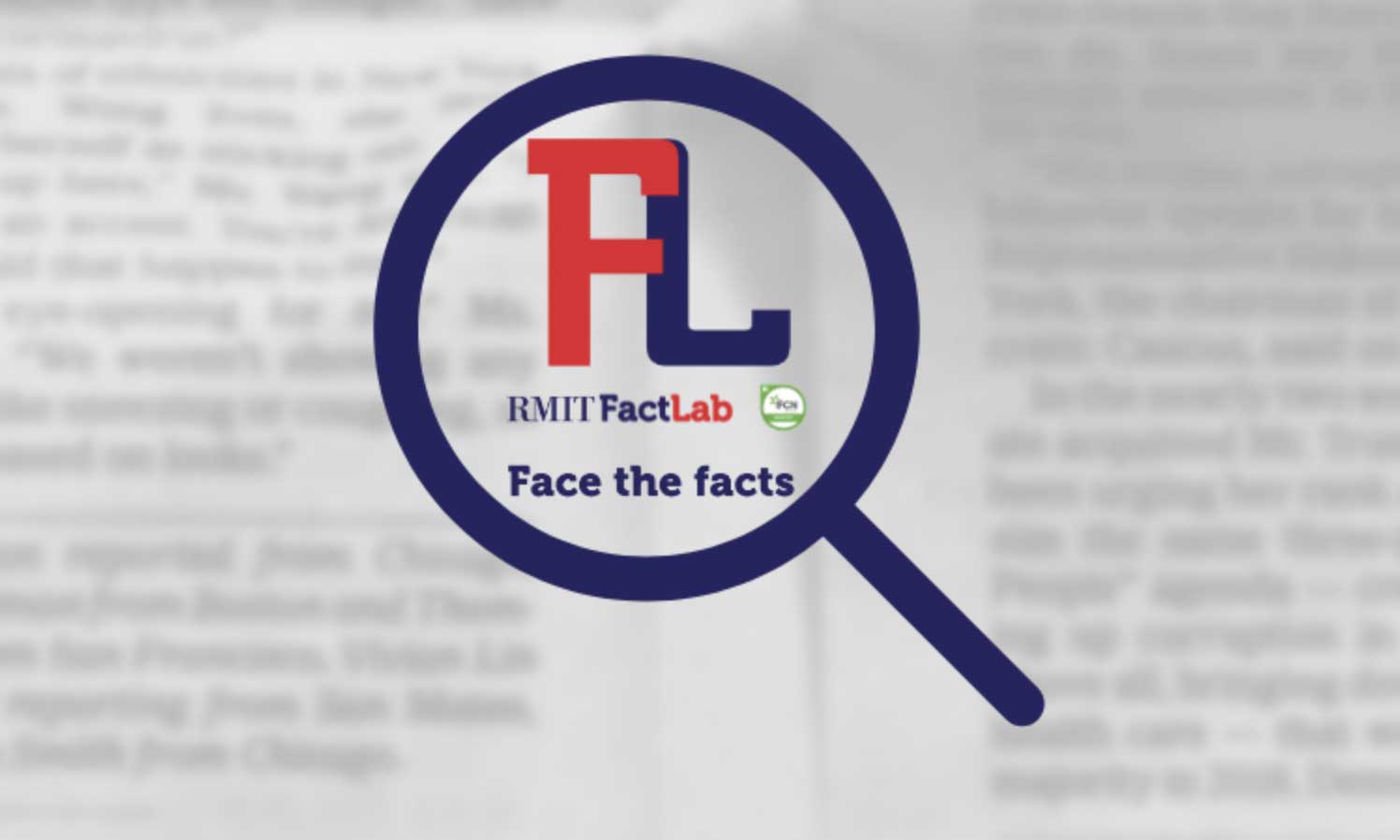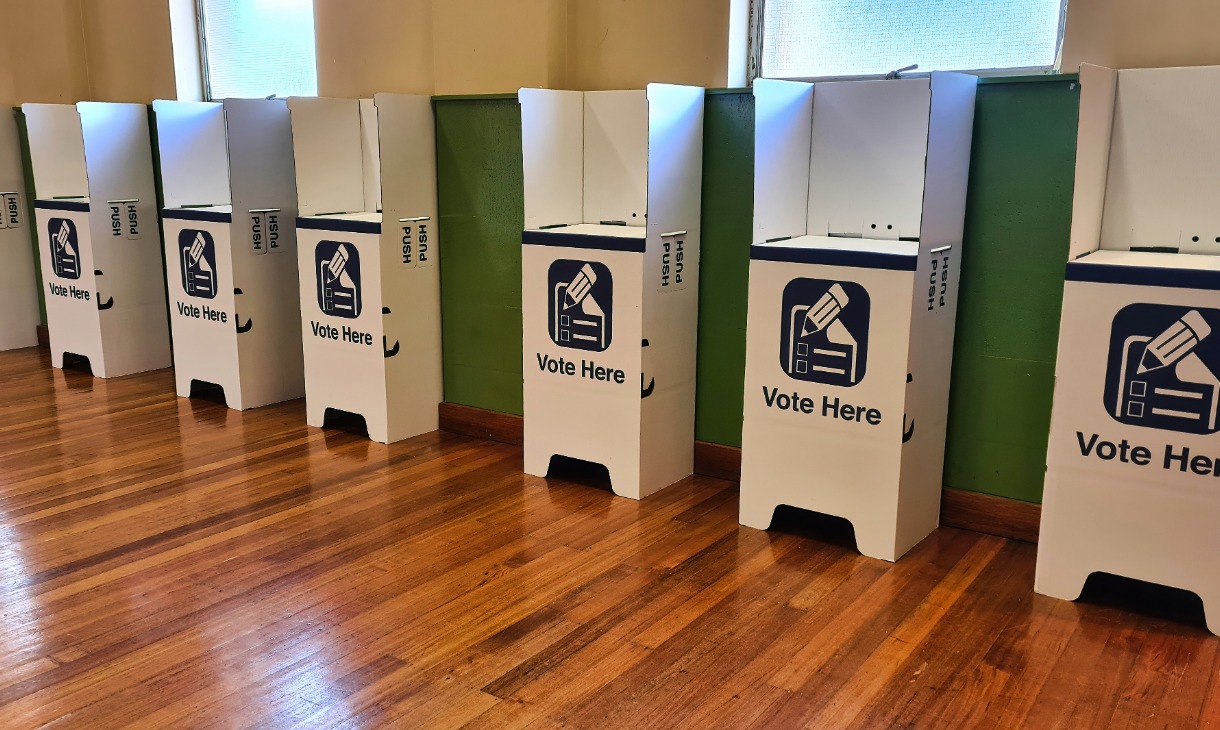The climate comparison
In his claim, Senator Di Natale equated detention centre spending with "new money" the Government had budgeted for climate change over the next four years.
Senator Di Natalie's spokesman said this referred to the Government's Climate Solutions Fund, which pays businesses and organisations for projects that will reduce their carbon emissions.
On this initiative, the Coalition has budgeted to spend an extra $189.1 million in the years 2019-20 to 2022-23.
The total package
Critically, the fund cited by Senator Di Natale's spokesman is just one element of the Coalition's new "climate solutions package", a suite of policies the Government says will cut carbon emissions to deliver on Australia's international 2030 climate commitments.
Over the four years of Senator Di Natale's claim (2019-20 to 2022-23), the Coalition has budgeted to spend an extra $261.3 million on its climate package, including the $189 million for the Climate Solutions Fund.
Of the remaining $72.2 million, $9.8 million will go to overseeing the Snowy 2.0 pumped hydro initiative and $61.2 million will be spent on grants to help businesses and communities increase their energy efficiency.
Amandine Denis-Ryan, head of research at ClimateWorks Australia, told Fact Check that some elements of the Coalition's package could fairly be ignored because they may not reduce emissions.
"Snowy Hydro, for example, could store high emissions electricity from NSW and increase the usage of coal ... if it was not linked to renewables."
But other initiatives such as energy efficiency grants could be counted as supporting climate change action, Ms Denis-Ryan said.
Alan Pears, senior industry fellow with RMIT, also told Fact Check that Snowy 2.0 may not reduce emissions.
Still, he said that while the Coalition's approach to reducing carbon emissions fell short of what the science required, most measures in its package "have potential".
Is that the lot?
The climate solutions package is not necessarily everything the Coalition has budgeted for action on climate change over the next four years.
According to the 2019 budget, the Government has allocated a combined $6.25 billion for new and ongoing spending on climate change over the four years of the forward estimates.
This includes spending on the Clean Energy Finance Corporation, the Australian Renewable Energy Agency and the Clean Energy Regulator.
Referring to new spending, Mr Pears said "total spending seems to exceed $300 million over four years".
He noted spending for reliable energy infrastructure, worth $69 million over the forward estimates, some of which could be called spending on climate change.
"Reliable energy infrastructure is mostly about supporting emission reduction," he said.
That infrastructure spend includes $50.4 million for building micro-grids in remote and regional communities, the bulk of which is budgeted in the years to 2022-23.
Ms Denis-Ryan said that, if built, "some of these would likely enable renewables".
Picking the right measure
Director of ANU's Centre for Climate Economics and Policy, Professor Frank Jotzo, told Fact Check that when it came to defining spending on climate change, it was "impossible to know where to start and end".
He questioned how any definition might account for adaptation measures by the Department of Agriculture and Water Resources, for example, or Australia's foreign aid spending, or government investments that could eventually make a financial return.
He was critical of Senator Di Natale's comparison at a more fundamental level.
"Trying to gauge the strength of climate policy by tallying up dollars set aside in the federal budget for it is the entirely wrong way of looking at it," he told Fact Check.
"Budget spending should be only a small part of what the government does on climate change," he said, adding that Labor's plan would put stringent emissions limits on industry rather than pay businesses to reduce emissions.
"In a 'spending only' type comparison that policy would look weaker than the Coalition's, even though in reality it'd be much stronger."
Principal researchers: David Campbell, Alexander Gudic-Hay
For full story, please visit the RMIT ABC FactCheck website.
